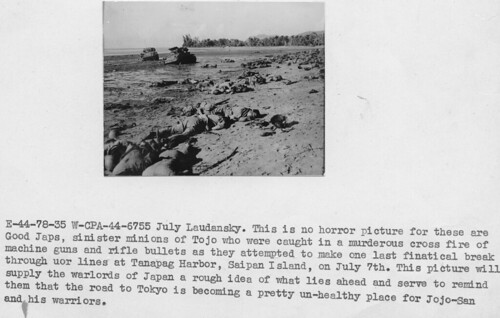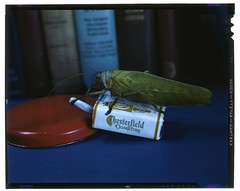
From Anderson’s Holler – A World War II
medical photographer’s story- available now
A memoir of growing up in the hills of West
Virginia and suddenly becoming a World War II medical photographer, with a
clearance to go where others could not.
By
Melvin C. Shaffer
Dallas:
DeGolyer Library, Southern Methodist University
Price $30
ISBN
978-1-878516-16-9 (paper)
978-1-878516-17-6 (cloth)
June
25, 2020 – Green Valley, Arizona
In
his first memoir, pioneering medical educator and Army Sergeant (ret.) Melvin
C. Shaffer recalls his upbringing in rural West Virginia, his efforts to escape
the narrow life of his peers, and his service in World War II. Foreshadowing
his global wanderings, Shaffer’s first memory is of his father receiving a
telephone call on his family’s wall-mounted crank telephone, announcing
Lindbergh’s trans-Atlantic flight arriving in Paris. As a boy, he developed a
dual love of travel and photography. When World War II called, these passions
fueled his success as a photographer in the Army’s 3rd Medical Museum and Arts
Detachment (MAMAS). Trained and equipped as a medic, he also carried a full
photography kit on assignments given him by the Army Medical Museum in
Washington to document medicine and surgery – both advances and problems. First
sent to North Africa, his own resourcefulness got him to wide-flung duty
stations: Sicily, Salerno, Naples, Anzio, Rome, Florence, Poltava, Southern
France, Dachau, and Berlin. Shaffer finds himself pulling soldiers off the
battlefield while under fire, as well as documenting the new wonder drug,
penicillin. His post-war civilian duties took him to Nuremberg and Tokyo on
assignments related to Hitler’s bunker suicide and the atomic bombing of Japan.
Shaffer,
retired after long careers at the Medical College of Virginia (now Virginia
Commonwealth University) and the World Health Organization, has a folksy way of
telling his story. Readers of Shaffer’s book will feel as though they are
sitting across from him at the dinner table, but his tales are true and not tall
ones. He says, “I tried to write the book in such a way that readers could
experience the war as I did, that they could see and feel the power of things
as they came to me and, occasionally, find the humor of it all.”
Now
in his 90s, Melvin Shaffer still travels as much as he can and has never
satisfied his wanderlust. He is writing a sequel to From Anderson’s Holler,
covering his post-war experiences in medical education.
The
book may be purchased from Southern Methodist University (SMU) at https://bit.ly/3eqaSSW
Shaffer’s
personal photos taken during the war have been donated to SMU and can be found
at https://bit.ly/3etfBDd



